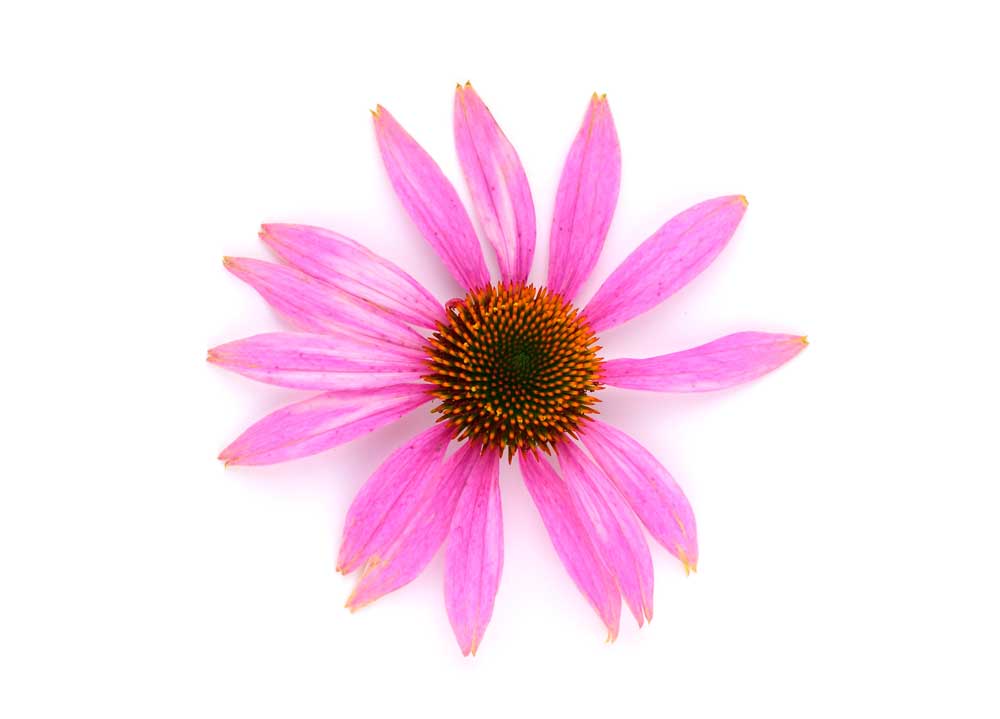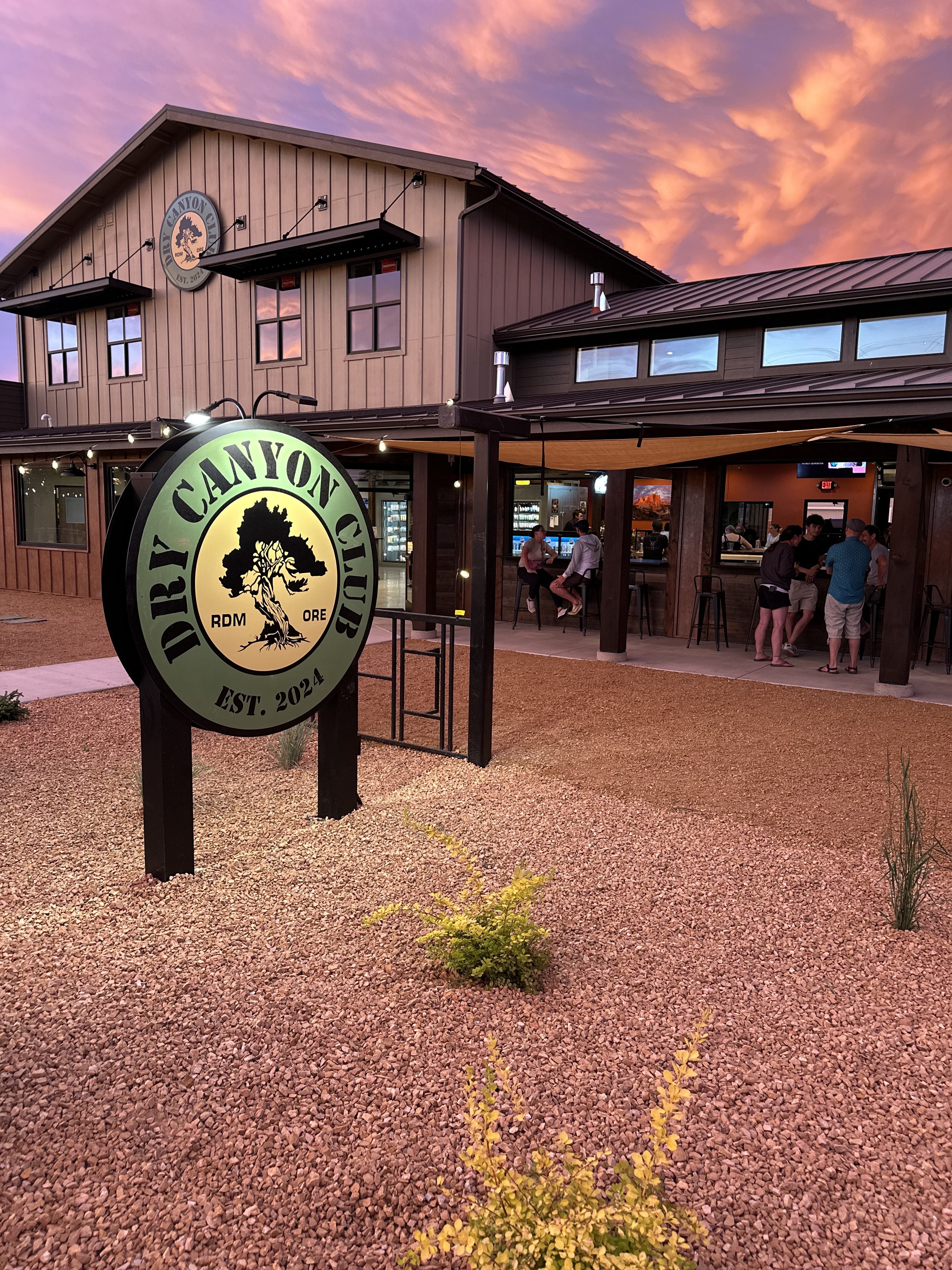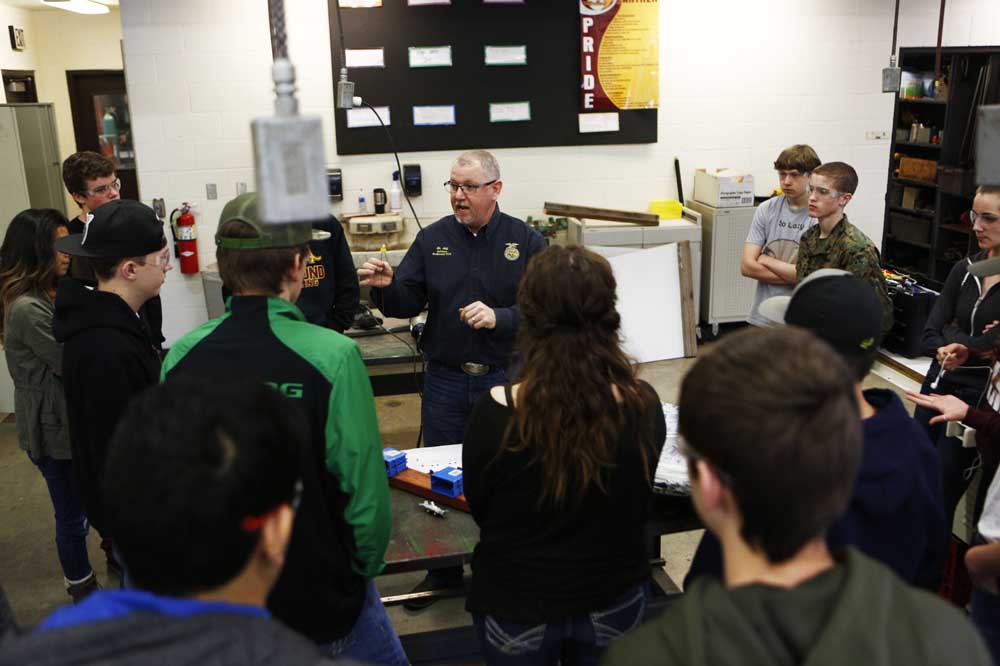Garden column: Flowers that are drought-tolerant and deer-resistant
Published 12:15 am Wednesday, November 10, 2021

- Isolated echinacea flower plant.
The garden tools are cleaned, sharpened and put away. Now the taxing assessment of this year’s garden begins. Which perennials do I want to pull out due to poor performance? You do know that it is acceptable to pull out plants that have not grown to your expectations; or the fine print in the catalog. The question now is what will I find to fill that space?
Trending
Which of the 17 tomato varieties will I plant again next year? Or, considering the abnormal heat this year, maybe I should try them again. For those who may have forgotten, tomatoes don’t appreciate excessive heat which was evident by my reduced bounty.
This has been the second year of deer munching on plants they don’t usually touch or maybe in the past, just taste tested. I’m convinced the prolonged drought isn’t providing their native food sources with what they need so they tried any and everything in their path that was green.
Keep it natural
Trending
I have noticed in the area of my property that is still natural, the native grasses and weeds weren’t nearly as flush. That could be a plus if you are a “cosmetic” gardener, but from a more naturalist viewpoint, that’s not good. I’m sure it also meant there was decreased native bee and pollinator activity. Many things to sort out in the coming months.
I recently read an article from the New York Times written by garden writer Margaret Roach, which will aid me in decision making. Roach brings attention to studies of Kelly Kindscher, an ethnobotanist and professor of environmental studies at the University of Kansas. The focus of his career is studying prairie plant communities. The main focus of this article is the genus Echinacea and its development over the years.
Echinacea angustifolia, also known as narrow-leaved coneflower is the native prairie variety and considered the most important medicinal plant of the prairie.
Fun-fact about this narrow-leaved coneflower is that in 1805 Lewis and Clark sent Thomas Jefferson samples of it from Fort Mandan (North Dakota). The plant was prized by the Native Americans as a remedy for “mad-dog and rattlesnake bites.” The flowers are similar to E. purpurea or purple coneflower but the leaf size of ½ to l inch wide sets it apart from Purple coneflower leaf of 2 to 3 inches wide.
Many of the new coneflower cultivars are striking ornamentals in brilliant colors and double sized fluffy centers called cones. They certainly add interest and color to the garden but what do the pollinators think when trying to make a landing on what once was a very distinguishable center cone and now more like a pom-pom?
Insect attractant
In 1997 in the Netherlands, it was observed that a chance mutation caused something that resembled a petal. This meant that the pollen in the cone was reduced. With less pollen, and less nectar, usually fewer seeds were available. Dr. Kindscher wrote that the spiny structure of the cone had another reason for existence. The spiny structure was meant to deter predators’ grazing.
In 2020 Mt. Cuba Center, a native plant research center in Delaware completed a 2-year study of Echinacea involving 734 coneflowers. The study included a pollinator survey — a tally of insect visitation comparing the differences between single and double flowers and their appeal to bees, wasps and butterflies.
The top performer in the trials was E. purpurea Pica Bella, a compact variety with predominant orange cones. It proved to be a magnet for pollinators. E. purpura white-flowered Fragrant Angel was the most butterfly visited variety. According to the Mt. Cuba trials, butterflies generally amount to approximately 5 percent of a coneflower’s insect visits, but Fragrant Angel rated 14 percent.
Eye-candy pollinator
Come spring it will be decision-making time. I know I will be looking for the pollinator Echinacea varieties. Well maybe just a few of the eye-candy varieties. Either way, a big plus is that Echinacea varieties are drought tolerant and deer resistant.
In 1803 Thomas Jefferson wrote “There is not a sprig of grass that shoots uninteresting to me.” Jefferson instructed Lewis and Clark to keep a close watch on “the soil and face of the country it’s growth & vegetable productions, especially those not of the U.S.” Lewis amassed a collection of some 200 specimens, most of which still survive.
A beautiful book to put on your gift list is “Common to This Country, Botanical Discoveries of Lewis & Clark” by Susan H Munger with illustrations by Charlotte Staub Thomas.








